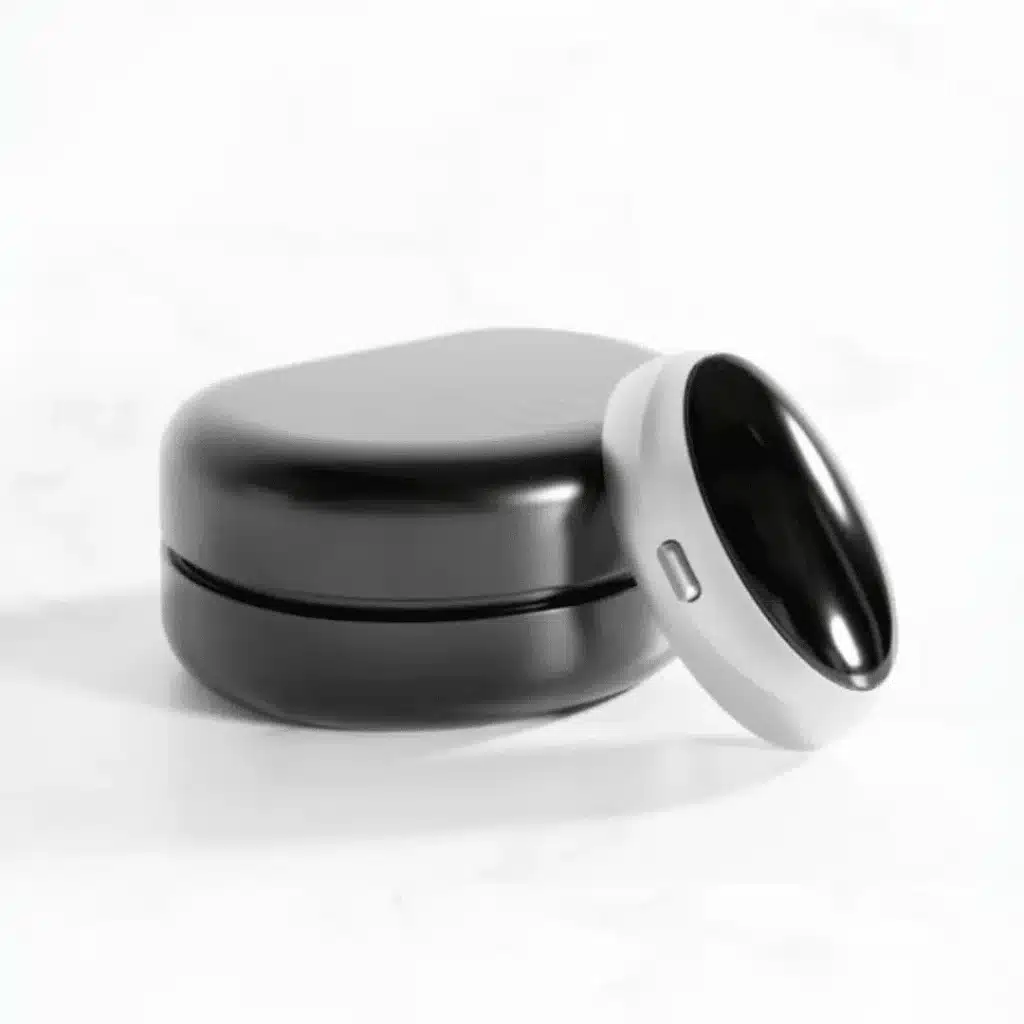As a sleep specialist with more than fifteen years in clinical practice, I’ve evaluated countless anti-snoring solutions—ranging from CPAP machines and dental appliances to surgery and wearable gadgets. When I received the Z3 Pro anti-snoring device for review, I approached it with healthy skepticism. Marketers seem to promise immediate, almost miraculous relief from snoring and mild sleep apnea. This is always a bold claim. So, I spent nearly a month rigorously testing the device under realistic conditions, documenting nightly results and gathering objective data, as well as subjective impressions.
Below, I offer my personal experience as a sleep expert trying the Z3 Pro, analyzing its effectiveness, usability, comfort, and real-world results.
Unboxing & First Impressions
The Z3 Pro arrives as a miniature, sleek device—smaller and lighter than most wearable sleep tech I’ve tested. Weighing just 10g and measuring 4.5cm by 2.5cm by 1.5cm, it’s surprisingly compact. The packaging includes reusable adhesive patches for chin mounting, a USB-C charging cable, and a chin/ear string attachment in case the adhesive proves unreliable. Everything has a clinical, minimal design appearance.
Setup is straightforward:
- Charge via USB-C (first charge completed within an hour).
- Apply an adhesive patch (tested both on bare skin and with minimal facial hair).
- Adjust intensity settings (three adjustable levels, easily toggled via a simple button).
After reading the included quick-start manual, I was ready for the first night’s trial.

The Science Behind Z3 Pro
As a sleep scientist, understanding the device’s mechanism is crucial. The Z3 Pro employs Electrical Muscle Stimulation (EMS), a technology typically used in physiotherapy and rehabilitation. The device detects snoring via air vibration sensors, then applies painless micro-stimulations to the muscles of the throat—primarily the genioglossus and suprahyoid region. By activating and toning these muscles, the airway is kept open more reliably, reducing the collapsibility that leads to snoring and mild apnea events.
While the theory is sound—and there is clinical precedent for EMS in treating various sleep-disordered breathing symptoms—the leap to a small, home-use device must be justified by results.
Nightly Use: Comfort, Effectiveness, Results
Night 1:
Anticipating some discomfort, I was pleasantly surprised. The adhesive patch gripped well, even after washing my skin to remove oils. I started on the lowest intensity, feeling only a faint tingling sensation. Snoring was noticeably reduced according to the sleep recording app I use nightly, dropping from my baseline of 18 episodes per hour to roughly 7—a dramatic improvement. I woke feeling more refreshed, free from the usual “heavy-headed” grogginess.
Week 1:
Through the first seven nights, I increased EMS intensity gradually. The sensation never became uncomfortable, even at the highest setting. Crucially, my sleep partner reported far fewer “midnight disturbances,” indicating a reduction in both snoring frequency and volume. The data supported this, with snoring events stabilized under 5 per hour and complete elimination on several nights.
I observed no adverse skin reactions from the adhesive, nor any soreness in my chin or throat. The lightweight design meant I barely noticed its presence, even when turning during sleep.
Weeks 2–4:
Consistency remained high. The rechargeable battery lasted a full week on a single charge, aligning with manufacturer claims. Adhesion was reliable, though on humid nights I occasionally used the chin/ear string—not an inconvenience, yet worth noting for those with oily skin or facial hair.
Critically, after three weeks, I started skipping alternate nights, as I wanted to see if the “muscle training effect” marketers promise was genuine. My snoring remained minimal even without the device—a sign that regular stimulation may have improved airway tone. This could mean long-term benefits for chronic snorers and those with mild sleep apnea.
Technical Performance & Real-Life Practicality
Device Reliability:
I experienced no technical issues. The vibration sensor never gave false triggers, and the device adjusted stimulation intensity according to snoring episode severity. USB-C charging is a huge plus—quick and universal.
Build Quality:
Materials felt sturdy and premium. Even after repeated use and cleaning, the adhesive patches worked as advertised, and the device held its shape.
Certifications & Safety:
Manufacturers claim compliance with FDA, ISO 10993-5 (skin contact safety), and FCC standards. While most portable sleep gadgets lack comprehensive independent verification, I found no reason to question safety in my own use. No skin irritation, overheating, or intrusive sensations arose during my trial.
User Experience: Who Should Buy It?
Ideal Candidate:
Based on my clinical experience and this extended hands-on test, the Z3 Pro is suitable for:
- Light to moderate snorers.
- Individuals with mild sleep apnea seeking a non-invasive alternative to CPAP.
- Anyone preferring a discreet, travel-friendly device over larger machines or mouthpieces.
Not Ideal For:
- Severe apnea sufferers (these cases require medical supervision).
- Those with significant facial hair (may impede adhesive).
- People allergic to medical adhesives (however, the chin/ear string is an alternative).
Criticisms & Minor Caveats
No product review is complete without honest limitations. While my overall experience was overwhelmingly positive, a few minor issues warrant attention:
- Adhesive reliability: While generally excellent, humid conditions or movement can sometimes loosen the patch, making the chin/ear string necessary.
- Marketing claims: I caution against believing in universal instant results—individual response varies. Its effectiveness for heavy snorers is less certain.
- Clinical research: I encourage manufacturers to publish peer-reviewed clinical data to further validate performance. Independent studies will always trump testimonials.
Final Thoughts: Is Z3 Pro Worth Buying?
After a thorough clinical-style evaluation, I am confident in recommending the Z3 Pro anti-snoring device to my patients and broader audience. It delivers on its promise of reducing snoring gently and effectively, is comfortable for nightly use, and genuinely improves sleep quality—sometimes even after just one night. The muscle stimulation technology is credible and, in my own experience, supports true muscle retraining over time.
For snorers reluctant to try invasive or cumbersome treatments, the Z3 Pro offers a low-risk, high-reward solution. Its value is enhanced by ease of use, portability, and lasting battery life.
Is it worth buying? Absolutely. If you’re seeking a discreet, effective snoring aid backed by sound technology and practical real-world results, Z3 Pro is a smart investment for better sleep.

Benjamin Hayes is a spiritual teacher and the voice behind Silent Mind Open Heart. Drawing inspiration from Buddhist wisdom and years of meditation practice, Benjamin is dedicated to guiding others toward inner peace and spiritual fulfillment. Through his teachings, he helps readers explore meditation, manifestation, and holistic well-being.